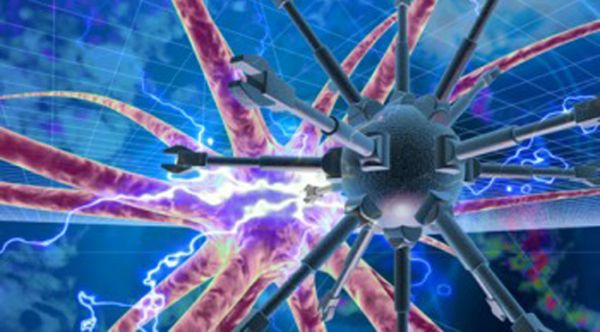Brain maps seem to come out in rapid succession these days. They take various forms: a map for word concepts, a map of individual cells’ activity, a map based on the organ’s physical contours.
What they share in common is the aspiration to take the lumpy mass of the brain and categorize it, somehow, into useable areas — not unlike the textbook brain images with their colored denotations of “occipital lobe” and “frontal cortex.”
But these maps often come along with a problem: They may not sync up with the other maps. Now a group of scientists have managed to sync up two of the most commonly used types of brain maps — for gene expression and brain structure — and they’re releasing their methods to any and all in the scientific community.







